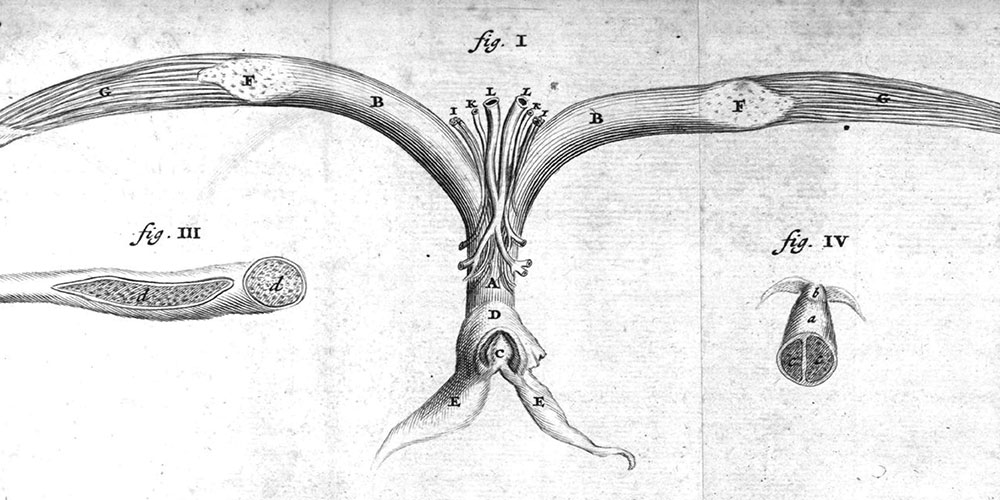The clitoris, an anatomical taboo
Thousands of years ago, scholars began dissecting humans and animals in the hope of better understanding the body. Since then, the field of anatomy has changed a lot, but it has not lost its necessity. The new special exhibition at the Anatomical Museum of the University of Basel takes a closer look at the history of anatomy, linking it to the present. Because even now, areas of the body that were previously almost unexplored by science are still being rediscovered – such as the clitoris.
10 October 2024 | Olivia Fischer
The new special exhibition, “200 Years of the Anatomical Museum of the University of Basel”, at the institution of the same name focuses on the study of anatomy, past and present. Professor Magdalena Müller-Gerbl, who designed the exhibition, says: “We want to enable visitors to travel through the history of the Anatomical Museum of the University of Basel.”
The history of the museum has a lot to offer. For example, the world’s oldest anatomical preparation of a skeleton can be found right here. Or the famous 16th-century book Fabrica de humani corporis by Andreas Vesalius, who is still considered a key figure in the history of anatomy today. At the same time, the exhibition connects visitors back to the present and shows them which topics are currently relevant in anatomy. These include modern preparation techniques, digital visualization methods, and body parts such as the clitoris that have long been ignored by experts.
Researching the clitoris
The clitoris, properly termed the bulboclitoral organ, is a part of the body that about half of humankind possesses. Despite this widespread occurrence, the organ is still poorly researched, and its exact anatomical composition is still somewhat unclear. This is despite the fact that the clitoris was already the subject of anatomical research in the 17th century. The Dutch gynecologist Regnier De Graaf published an astonishingly detailed description of the bulboclitoral organ as early as 1672. De Graaf’s research was groundbreaking. He not only discovered the ovarian follicles, but also described the female prostate and female ejaculation.
It is now almost 350 years since De Graaf studied the clitoris. And yet many specialists still don’t know the exact anatomy of the organ. “That’s because it’s a taboo subject,” says Prof. Dr. Daniel Haag-Wackernagel, who co-designed the exhibition and researches female sexuality. At the beginning of the 20th century, the clitoris became taboo due to social influences and was removed from textbooks – an act of censorship that has repercussions to this day.
Realistic 3D models provide new insights into clitoral anatomy
The clitoris is now on display in the anatomical museum. Illustrations from the museum’s historical library show how the organ has been perceived through the centuries. At the same time, up-to-date and realistic 3D models are on display to promote understanding of the anatomy of the clitoris.
One of the exhibits is a 3D model from the University of Geneva based on MRI images, which compares a circumcised and an uncircumcised clitoral organ. The exhibition also includes a preparation of a human clitoris, while an interactive section even invites you to pick up a model of one and build it yourself. The exhibits make it clear that the study of anatomy is still necessary today.



